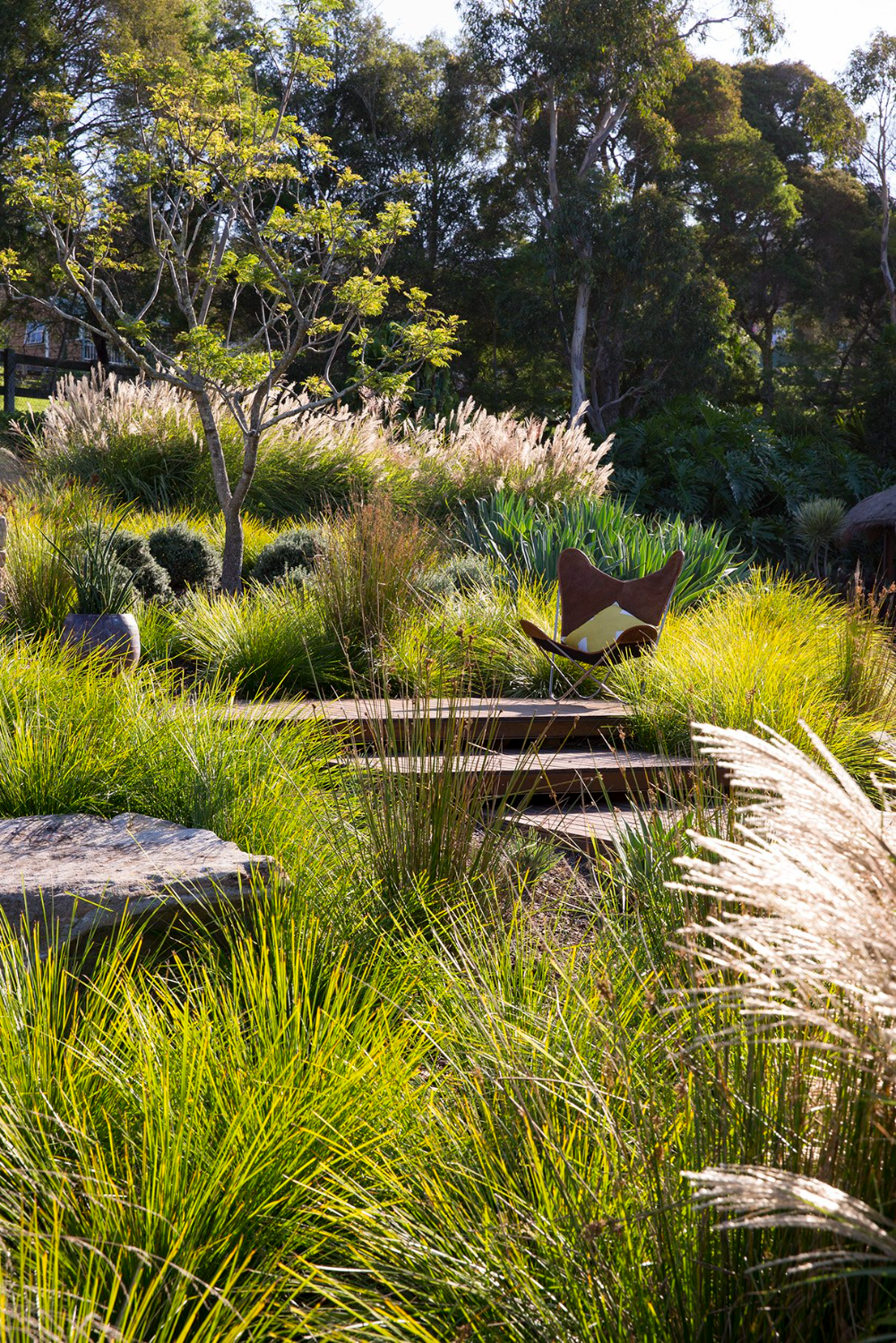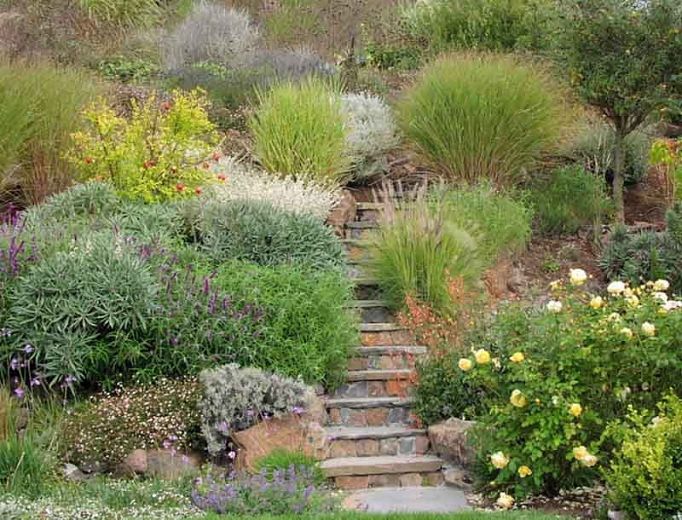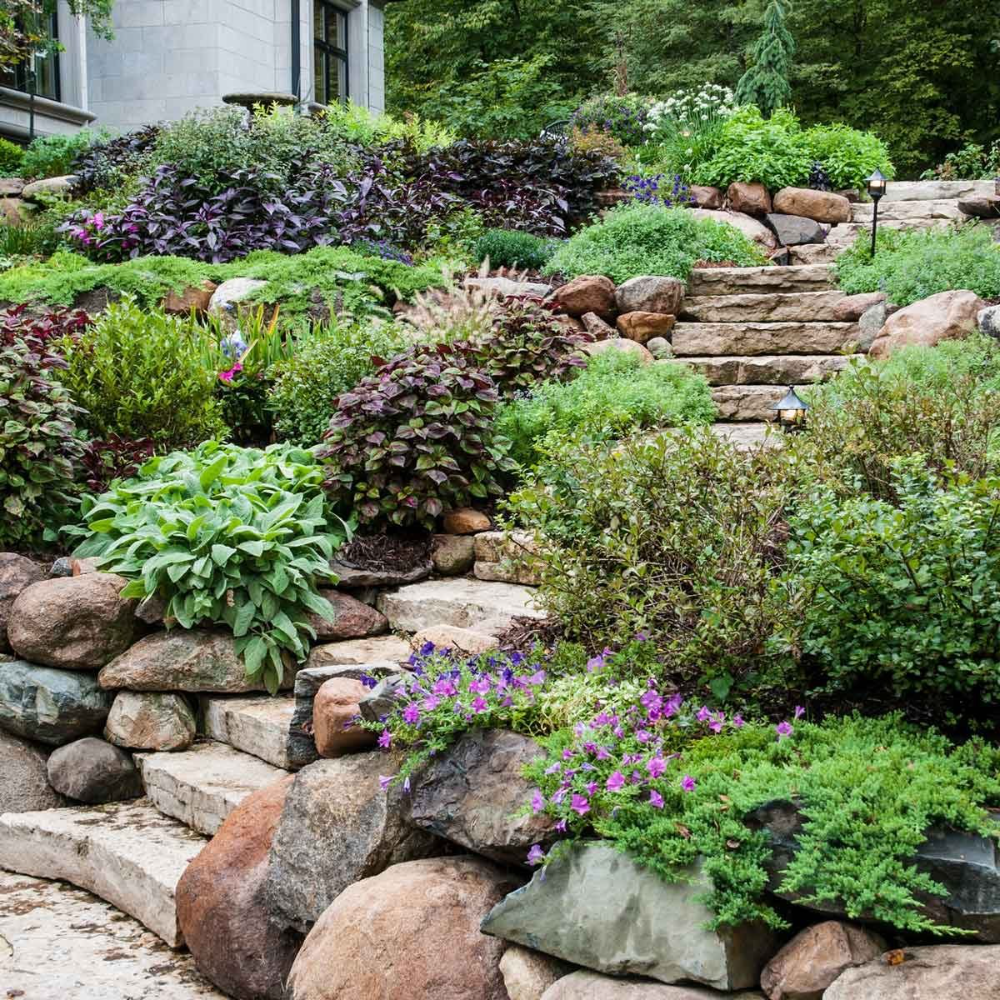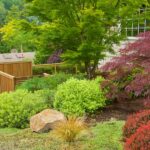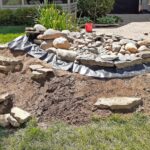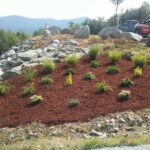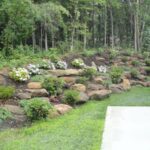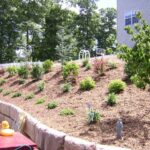Landscaping a hillside can present both challenges and opportunities for homeowners looking to enhance their outdoor space. The unique slope of a hillside can offer stunning views and a dynamic backdrop for a variety of landscaping features. However, it also requires careful planning and implementation to prevent erosion and ensure the longevity of the landscape design.
One key consideration when landscaping a hillside is soil erosion. The slope of the hill can cause water to flow downhill quickly, leading to soil erosion and loss of vegetation. To mitigate this issue, homeowners can incorporate erosion control measures such as retaining walls, terracing, and planting ground covers or grasses with deep root systems. These features will help stabilize the soil and control water flow, preventing erosion and maintaining the integrity of the landscape.
In addition to erosion control, homeowners should also consider the unique microclimates that can exist on a hillside. The slope of the hill can create variations in sunlight exposure, temperature, and moisture levels, which can impact the types of plants that will thrive in different areas of the landscape. It is important to carefully assess these microclimates and select plants that are well-suited to the specific conditions of each area.
Another important factor to consider when landscaping a hillside is drainage. The slope of the hill can cause water to pool in certain areas, leading to waterlogged soil and potential damage to plants. To address this issue, homeowners can incorporate proper drainage solutions such as French drains, swales, and landscaping berms. These features will help redirect water away from plants and prevent waterlogging, ensuring the health and longevity of the landscape.
When designing a landscape for a hillside, it is important to create a cohesive and visually appealing aesthetic that complements the natural surroundings. This can be achieved by incorporating a variety of plant species, incorporating hardscape features such as pathways and retaining walls, and creating focal points such as garden sculptures or water features. By carefully planning and arranging these elements, homeowners can create a landscape that not only enhances the beauty of the hillside but also provides a functional and enjoyable outdoor space.
Overall, landscaping a hillside can be a rewarding and fulfilling project for homeowners looking to enhance their outdoor space. By addressing issues such as erosion control, microclimates, drainage, and aesthetic design, homeowners can create a landscape that is both beautiful and sustainable. With careful planning and implementation, a hillside landscape can provide years of enjoyment and enhance the overall appeal of the property.
